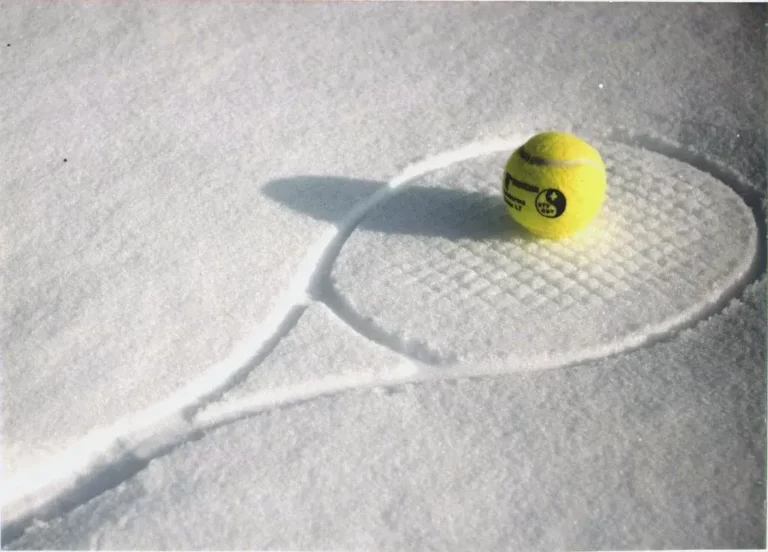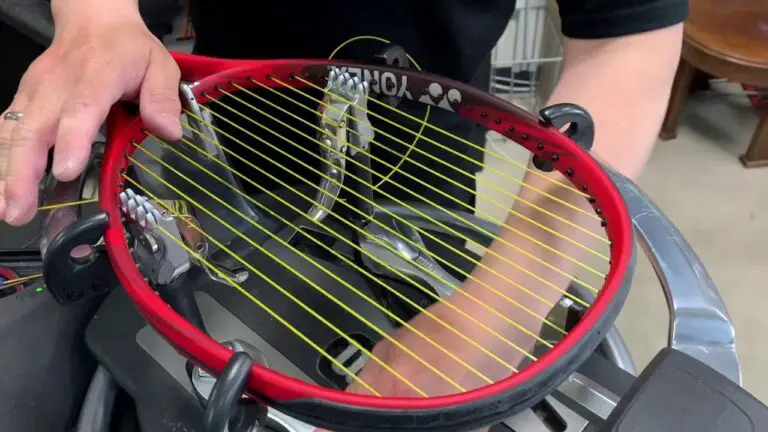Tennis Rackets Vs Badminton Rackets ( A Detailed Comparison )
Both tennis and badminton are widely popular racket sports that captivate players and spectators alike. Even though they share some aspects in common, the equipment used in each sport, particularly the rackets, has unique characteristics and is designed to be suited to the specific needs of each sport.
So what are the key differences between a tennis racket vs badminton racket?
Tennis and badminton rackets differ in design, size, weight, and materials. Tennis rackets are heavier and larger, built for power and control. On the other hand, badminton rackets are lighter and smaller, designed for speed and precision.

In this in-depth guide, we will look at the contrasts between tennis and badminton rackets, focusing on their design, dimensions, weight, materials, and performance qualities. This information is sure to be useful to you.
Design Differences
Tennis Racket Design
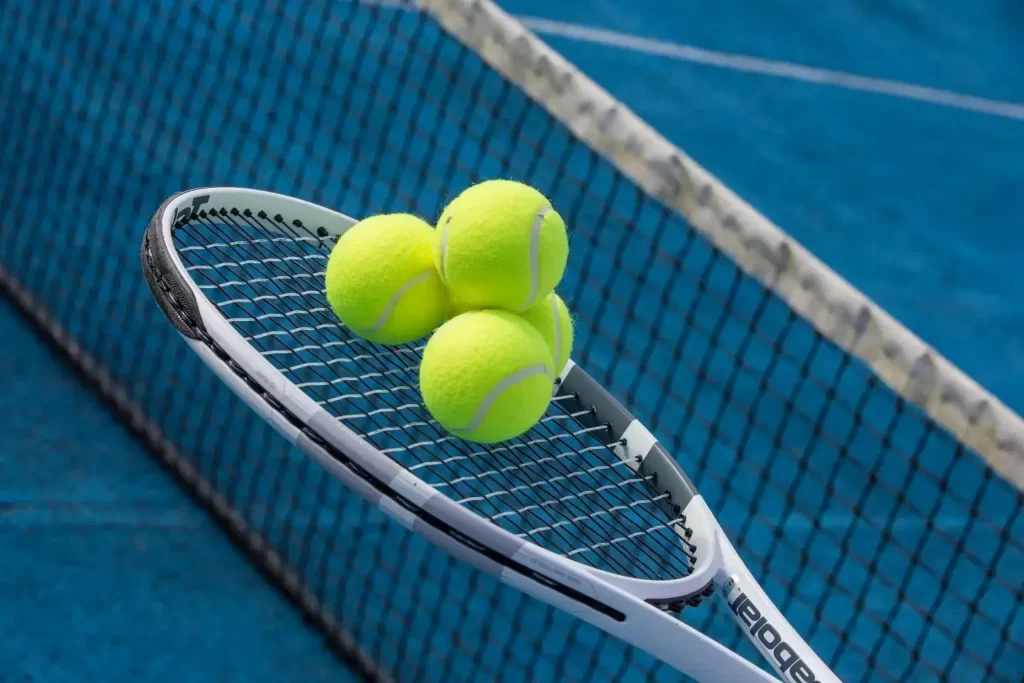
Tennis rackets have larger heads, thicker grip handles, and wider frames, making them more durable than badminton rackets.
There is a thicker shaft and a shorter and more robust throat (the part that connects the head to the shaft). Tennis balls can be hit with greater power and control due to this design.
Badminton Racket Design
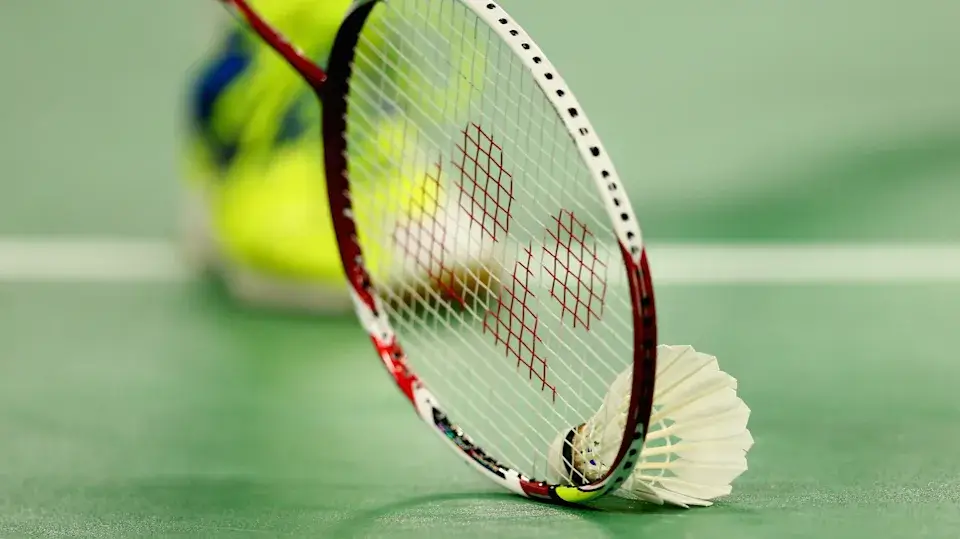
In contrast, a badminton racket has a smaller head and thinner grip handle. Depending on the racket’s design, the shaft is thinner, and the throat may not exist.
Badminton rackets have tighter string patterns, with fewer spaces between them. This design allows for faster swing speeds and more precise shuttlecock placement.
Size Differences
Tennis Racket Size
- Average adult racket length: 26-27 inches
- Maximum overall width: 12.5 inches
- Maximum hitting surface: 15.5 inches in length and 11.5 inches in width
- Grip sizes (measured in circumference around the handle): L0 (4 inches) to L5 (4 5/8 inches)
Tennis rackets come in various sizes and lengths, with adult rackets generally being 26-27 inches long. You can find the perfect grip size for your hands by choosing from grip sizes L0 to L5.
Badminton Racket Size
- Average racket length: 26.18-26.77 inches
- Head width: 8.66-9.06 inches
- Maximum racket length: 26.77 inches (680mm)
- Common grip sizes (measured in circumference around the handle): G4 (8.6 cm) and G5 (8.3 cm)
Badminton rackets are generally similar in length to tennis rackets but have a narrower head width. The grip sizes are smaller, with G4 and G5 being the most common choices for players.
Weight Differences
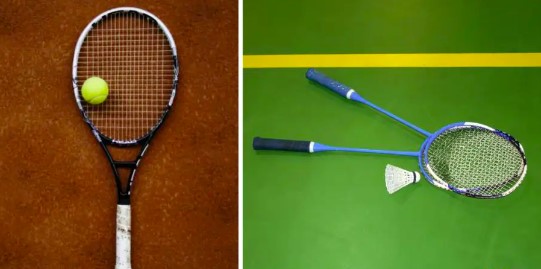
Tennis Racket Weight
The average tennis racket weighs 10.6 ounces, with a range of 8-13 ounces. The weight of a tennis racket is important for generating power and control during gameplay.
It is more difficult to manipulate and control a lighter racket, while it is easier to generate more power with a heavier racket.
Badminton Racket Weight
Badminton rackets are lighter, with an average weight of 80-90 grams. They are graded by weight using the letter “U” and a number, with smaller numbers indicating heavier weights. Lighter badminton rackets allow for quicker swing speeds and faster reactions during gameplay.
Materials Used
Tennis Racket Materials
Modern tennis rackets are typically made of lightweight graphite or graphite composites, along with other materials such as fiberglass, kevlar, and titanium.
These materials provide a balance between strength, durability, and weight, allowing players to generate power and control during gameplay.
Badminton Racket Materials
Badminton rackets can also be made of lightweight graphite or graphite composites, as well as other materials like aluminum or steel, depending on the manufacturer.
These materials provide the necessary strength and flexibility for the fast-paced gameplay of badminton.
Performance Characteristics
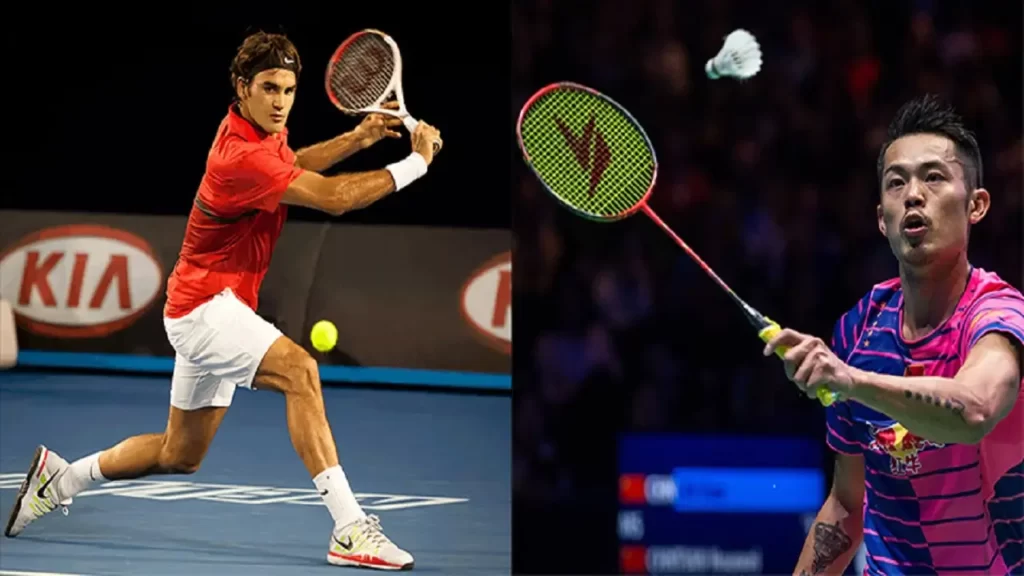
Tennis Racket Performance
Tennis rackets are designed for power and control, with a heavier weight and larger head size. The wider frame and thicker grip handle allow players to generate more force when hitting the ball, while the larger head size provides a bigger sweet spot for more consistent shots.
Tennis rackets also have a looser string pattern, which contributes to higher power output and increased spin potential.
Badminton Racket Performance
Rackets for badminton, on the other hand, are designed to be fast and precise. The lighter weight and smaller head size enable players to achieve faster swing speeds and react more quickly during gameplay.
The tighter string pattern on badminton rackets allows for greater control and accuracy when hitting the shuttlecock, which is essential for executing precise shots and smashes in this fast-paced sport.
Choosing the Right Racket for Your Game
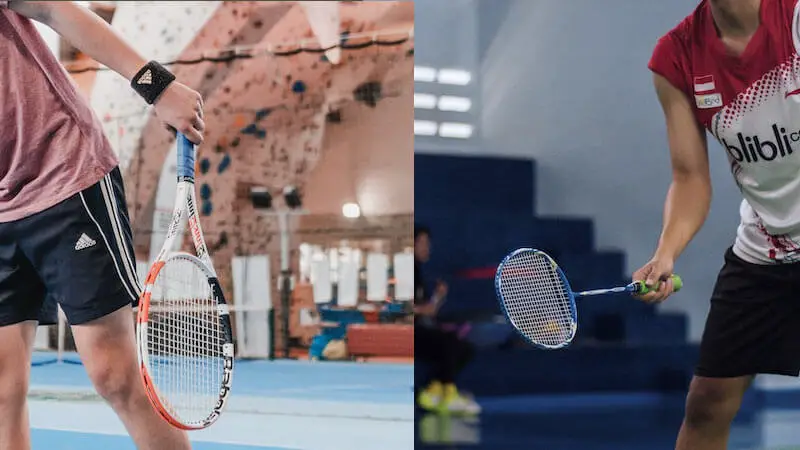
Tennis Racket Selection
Weight
Power comes from heavier rackets, while control and maneuverability come from lighter rackets. A lighter racket may be more appropriate for beginners, whereas a heavier racket may be more appropriate for more advanced players.
Head size
With a larger head size, you will be able to strike off-center shots with greater forgiveness, which makes it an ideal choice for beginners. For increased precision and control, advanced players may prefer a smaller head size.
Grip size
Make sure that you choose a grip size that feels comfortable and secure in the palm of your hand. It may be difficult to control a grip that is too large, while a grip that is too small can strain the arms.
Badminton Racket Selection
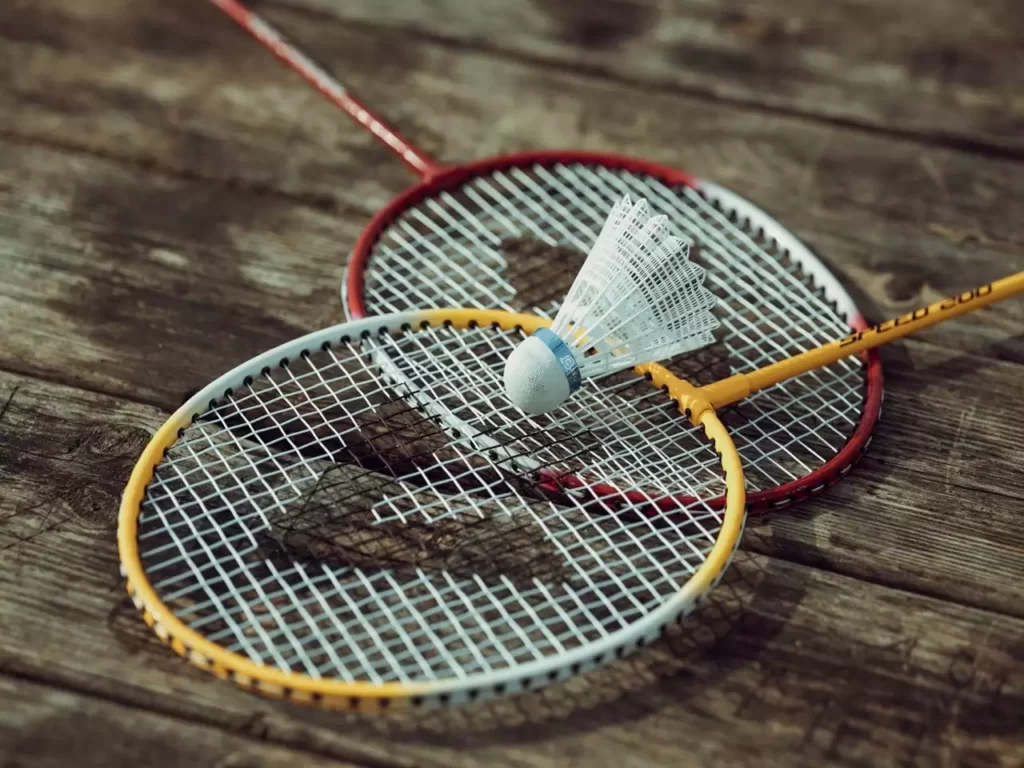
Weight
Lighter rackets are ideal for fast, attacking play, while heavier rackets provide more power and stability. Beginners may find a lighter racket easier to handle, while more advanced players may prefer the additional power of a heavier racket.
Balance
Rackets can be head-heavy, head-light, or evenly balanced. Rackets with heavier heads provide more power for smashes, whereas rackets with lighter heads offer better control and reaction time. Choose a balance that complements your playing style.
Grip size
Like tennis rackets, it’s essential to choose a badminton racket grip size that feels comfortable and secure in your hand. In order to find the best grip size for you, you should experiment with a variety of grip sizes.
Conclusion
The differences between tennis and badminton rackets lie in their design, size, weight, and materials, each specifically crafted to meet the unique demands of their respective sports. Tennis rackets are designed for power and control, featuring a larger head size, heavier weight, and a wider frame.
Conversely, badminton rackets prioritize speed and precision, boasting a lighter weight and smaller head size. When selecting a racket, it is necessary to consider factors such as playing style, skill level, and personal preferences.
Source
- https://www.quora.com/Whats-the-difference-between-a-badminton-racket-and-a-tennis-racket
- https://www.sportscrunch.in/badminton-and-tennis-rackets/
- https://howthingscompare.com/tennis-racket-vs-badminton-racket-what-are-the-differences/
Related Posts
How Many Tennis Lessons Do I Need? ( About Your Learning Curve )
Do Tennis Players Jump When Serving? (But Why)


